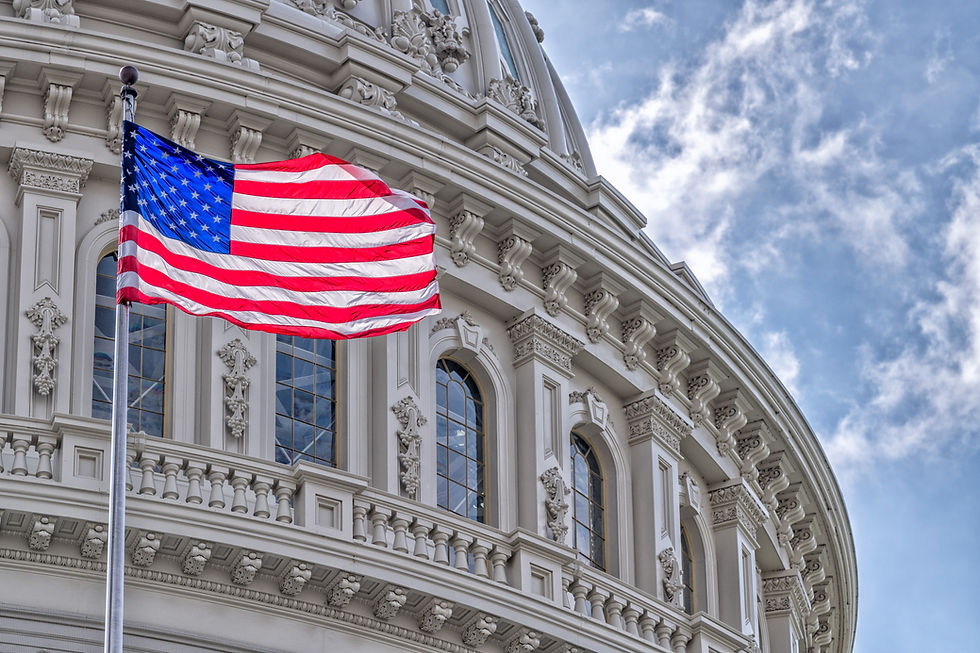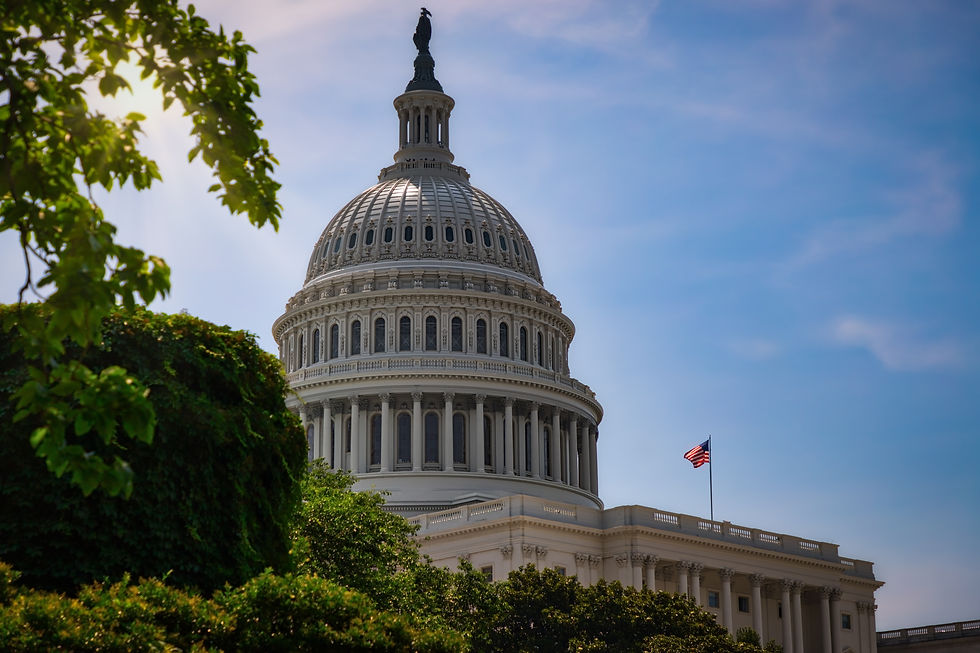News & Alerts: Breaking Down the New Debt Ceiling Agreement
- crabtree297
- Jun 14, 2023
- 3 min read

President Biden has signed into law the new debt ceiling agreement that he reached with U.S. House of Representatives Speaker Kevin McCarthy (R-CA). The Fiscal Responsibility Act (FRA) suspends the debt ceiling for two years, which caps the total amount of money the government can borrow. Suspending the $31.4 trillion cap until January 2025 would allow the government to keep borrowing money and pay its bills on time.
The FRA introduces a variety of changes related to domestic spending. However, it falls far short of the cuts in the Republican bill that the House approved in April 2023. It contains no fundamental changes to Social Security and Medicare. Nevertheless, the Congressional Budget Office (CBO) projects the law will reduce the deficit by about $1.5 trillion over ten years.
The law primarily tackles discretionary spending. The notable provisions address:
IRS Funding
The Inflation Reduction Act (IRA) included an additional $80 billion in funding for the tax agency, with much of it designated for heightened enforcement against wealthy taxpayers. This legislation immediately rescinds $1.38 billion and repurposes funding by about $20 billion. The claw back will eat into efforts to crack down on tax cheats. However, the White House officials have indicated that the cuts make little difference to the pending expansion plans because the IRS would disburse the money over eight years. It may receive some of the funds earmarked for later years earlier and then return to Congress to request more.
Spending Caps
The most controversial focus of the negotiations was non-defense discretionary funding for programs such as air traffic control, domestic law enforcement, environmental protection, forest management, nutritional assistance for mothers, and scientific research. The result is a virtual freeze on this spending. If lawmakers do not approve all 12 regular funding bills by the end of the year, the bipartisan agreement tightens its spending caps. The non-defense discretionary fund will drop by $1 billion in 2024, with a 1 percent increase slated for 2025. The final figures are $704 billion for 2024 and $711 billion for 2025.
Defense and Veterans Affairs Spending
The bill provides the White House Administration’s budgeted funding for the military and veterans affairs for 2024, adjusted for economic inflation. Defense spending will grow to $886 billion in 2024 and $895 billion in 2025.
Student Loan Debt
The law officially ends the freeze on student loan repayments by August 2023 and restricts the reinstatement of the moratorium. It does not include the White House Administration's plan to eliminate $430 billion in student loan debt. That initiative is currently under review by the Supreme Court and could ultimately be blocked.
Work Requirements
Recipients of the Supplemental Nutrition Assistance Program (SNAP) and Temporary Assistance for Needy Families (TANF) benefits will face new work requirements for adults aged 50 to 54 who do not have children living in their homes. Under current law, those requirements only apply to people aged 18 to 49. The law exempts homeless individuals, veterans, and those aged 24 or younger who were children in foster care.
COVID-19 Claw Back
Much of the remaining unspent COVID-19 relief funds, estimated to equal $30 billion to $70 billion, will be clawed back. The deal leaves intact funding for coronavirus vaccines and treatments. The remaining money will be repurposed to increase nondefense discretionary spending.
Energy Projects
The agreement includes measures to get energy projects approved more quickly by creating a lead agency to properly oversee reviews and require successful completion in one to two years. Additionally, the legislation includes the $6.6 billion plan for the Mountain Valley Pipeline, a natural-gas project in West Virginia.
Debt Ceiling Agreement Leftovers
The final agreement includes far less reduction in future debt than either side proposed. Republicans sought much deeper spending cuts and stricter work requirements. They also wanted to repeal hundreds of billions in tax incentives in the IRA intended to increase the use of renewable energy and combat climate change. On the other side of the aisle, Democrats hoped to raise taxes on corporations and high-earning taxpayers. Additionally, they wanted to institute measures to reduce Medicare spending on prescription drugs. None of these priorities made it into the deal. Moreover, additional bills related to appropriations are expected in the coming months, which could reduce the effects of some of the spending cuts.




Comments